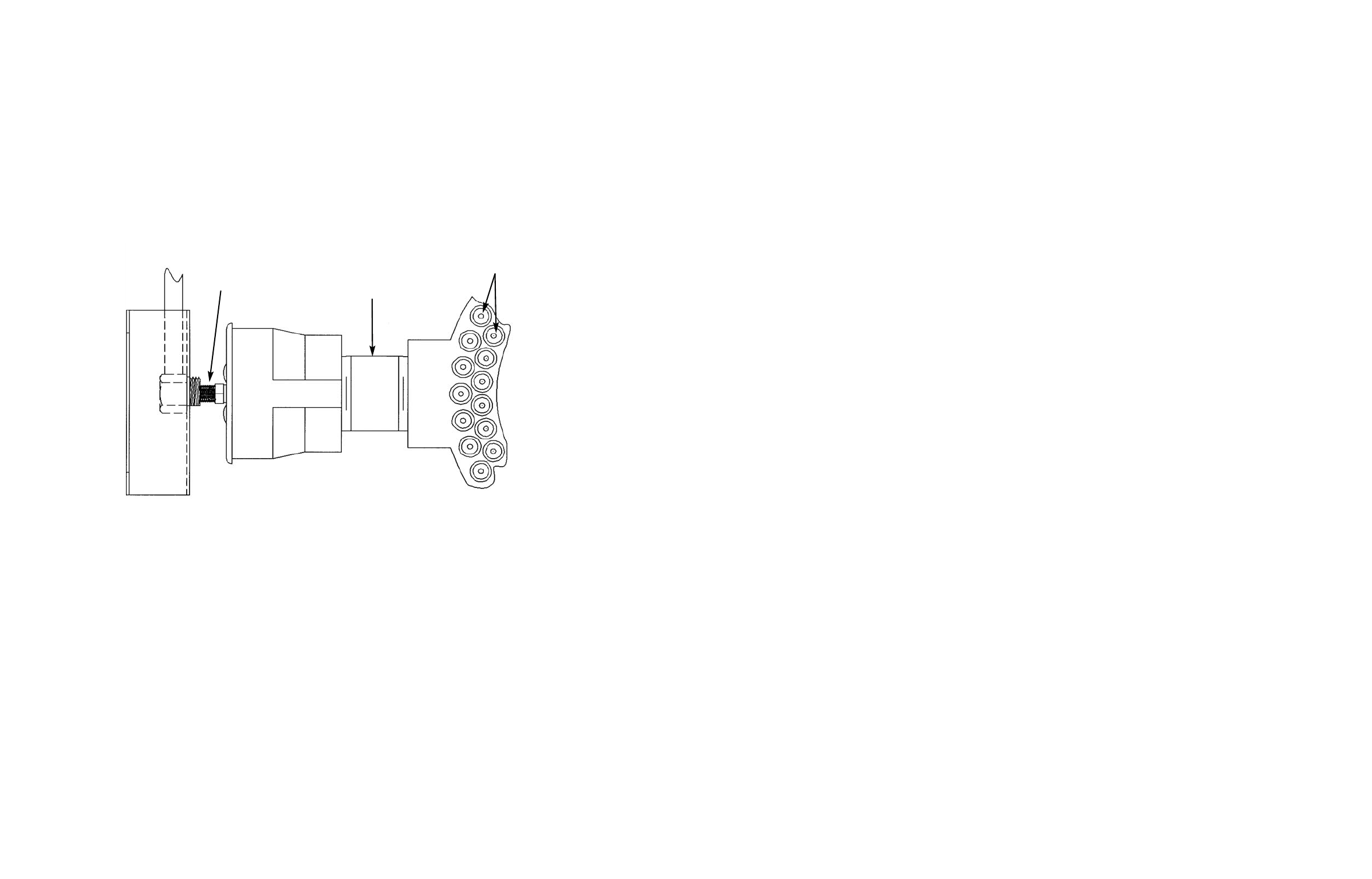
1110
CLEANING AND MAINTENANCE
Any piece of equipment works better and lasts longer when maintained properly and kept clean.
Cooking equipment is no exception. Your wok/cooker must be kept clean and maintained properly.
Make sure all burners are “off” before cleaning. Disconnect power if you are going to clean
thoroughly with water.
Wok Cast Iron Burner
For proper lighting and performance of the burner, keep the electric igniter and burner ports clean.
It is necessary to clean these only when the flame does not burn blue completely around all rings of
the burner, when there is a severe spillover or when the burner does not light, even though the
electric spark igniter sparks. Clean the burner by scraping off burned on food soil. Use a wire, a
straightened paper clip, or needle to clean the ports. Do not use a toothpick; it could break off in
the port. Be sure the venturi tube remains dry.
Wok Pan w/Lid
Wash the wok after each use in hot, soapy water. Do not use harsh abrasives or scouring pad as
they can harm the protective seasoning. Dry thoroughly. Apply a light coat of cooking oil to the
inside surface with a paper towel. Place over medium heat for 15 - 30 seconds. Remove from heat
and allow to cool. Wipe off excess oil before storing in an inside cabinet. Do not store the wok pan
and lid outdoors.
Control Panel
DO NOT USE any cleaners containing ammonia or abrasives. They could remove the graphics from
the control panel. Use hot, soapy water and a soft clean cloth.
Control Knobs
MAKE SURE THE CONTROL KNOBS POINT TO THE OFF POSITION BEFORE REMOVING. Pull the
knobs straight off. Wash in detergent and warm water. Do not soak knobs. Dry completely and
replace by pushing firmly onto stem.
CLEANING AND MAINTENANCE (cont.)
Stainless Steel Parts
All stainless steel parts should be wiped regularly with hot, soapy water at the end of each cooling
period and with liquid stainless steel cleaner when soapy water will not do the job. Do not use steel
wool, abrasive cloths, abrasive cleaners, or powders. If necessary to scrap stainless steel to remove
encrusted materials, soak the area with hot towels to loosen the material, then use a wooden or
nylon spatula or scraper. Do not use a metal knife, spatula, or any other metal tool to scrape
stainless steel. For occasional heavy cleaning use, a cleaner such as Liquid Zud can be used
according to package directions. Do not permit citrus or tomato juice to remain on stainless steel
surface, as citric acid will permanently discolor stainless steel. Wipe up any spills immediately.
Porcelain Parts (Grate)
Allow the grate to cool to a safe temperature level. Wipe up spillovers as soon as possible after
they occur and before they get a chance to burn in and cook solid. The grate is coated with a
porcelain enamel finish for durability. Wash in hot, soapy water and rinse clean. For stubborn stains,
use a mild abrasive cleanser or non-abrasive soap-filled pad. Abrasive cleaners used vigorously or
too often can eventually scratch and harm the enamel.
POWER FAILURE
Due to safety considerations and the possibility of personal injury in attempting to light and
extinguish the burner, the grill should, under no circumstances, be used during a power failure. The
grill burner control should always remain in the “OFF” position during a power failure. Momentary
power failure can occur unnoticed. The wok/cooker is affected only when the power is interrupted.
When it comes back on, the wok/cooker will function properly without any adjustments. A “brown-
out” may or may not affect wok operation, depending on how severe the power loss is.
Orifice
Venturi tube
Burner
ports










